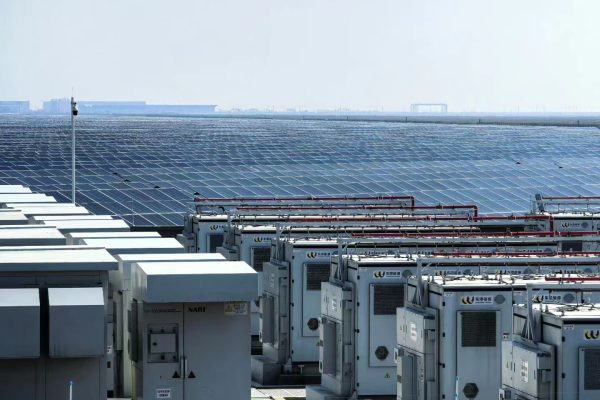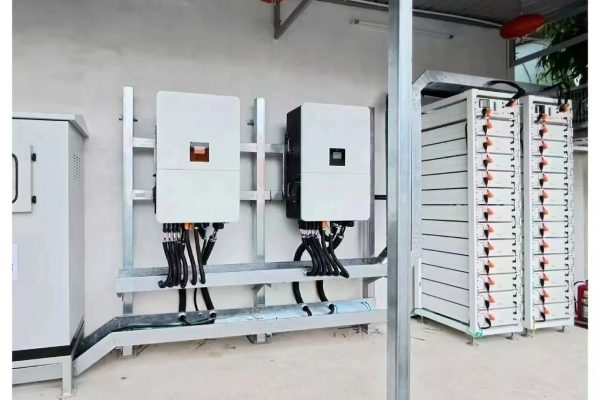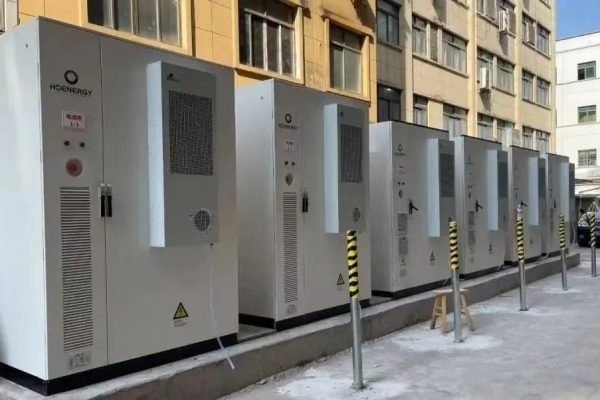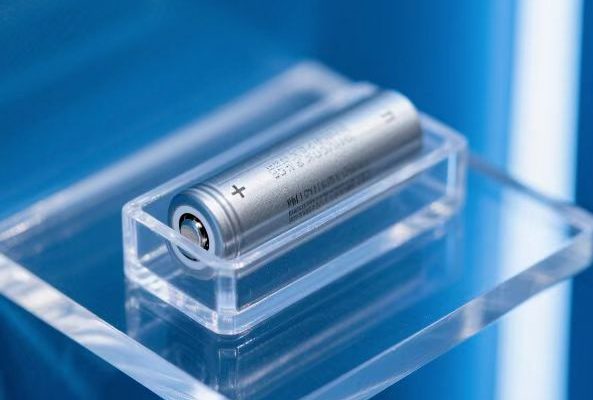Key Factors for Selecting Reliable and Scalable Hybrid Inverter Solutions
🌞 Why Hybrid Inverters Matter in Small-Scale Projects
As residential and small commercial PV projects increasingly integrate battery storage, hybrid inverters have become a go-to solution. Unlike traditional string inverters, hybrid models combine solar PV conversion with battery charging and backup power, offering greater flexibility for self-consumption and energy security.
But with dozens of brands and models on the market, how do you choose the right hybrid inverter for a small project?
This article walks through the most important technical and commercial factors you should consider when sourcing hybrid inverters — especially in emerging markets or export projects where support and compatibility are critical.
✅ 1. Confirm Basic System Requirements
Before diving into features, make sure the inverter fits your basic needs:
| Requirement | What to Check |
|---|---|
| System Size | Inverter capacity (kW) must match your PV array and load size |
| Battery Type | Compatible with LFP or other chemistries your supplier offers |
| Grid Type | Works with local grid specs: 1-phase or 3-phase, 50Hz or 60Hz |
| Backup Loads | Inverter must support EPS (Emergency Power Supply) or off-grid mode if backup is needed |
💡 Pro Tip: Oversizing the inverter slightly (e.g., using a 6kW unit for a 5kW array) allows better handling of peak loads and future expansion.
⚙️ 2. Key Technical Features to Look For
Here are the core hybrid inverter specs that matter most in real-world deployments:
🔋 Battery Voltage Range
- Common ranges: 40–60V, 100–550V, 200–800V
- Low-voltage systems (<60V) are safer for residential but may have lower round-trip efficiency
- High-voltage systems improve performance but may have stricter wiring and BMS demands
🔄 Charging & Discharging Power
- Should be at least 0.5C (e.g., 5kW inverter should offer 2.5kW charge/discharge)
- Check whether simultaneous PV + battery power export is supported
🌐 Communication Protocols
- MUST support CAN/RS485 communication with the battery
- Look for brands that offer open protocol support or provide BMS protocol list
- Key for compatibility with third-party batteries (e.g., Pylontech, BYD, local LFP packs)
🕹️ Backup Power & Switchover Time
- Does the unit support true off-grid mode or just critical loads during blackout?
- <20ms switchover is ideal to avoid home appliance resets
- Clarify if backup output has limited power (e.g., 3kW max)
📡 Monitoring & Remote Support
- Built-in Wi-Fi or 4G for remote monitoring
- Mobile app and cloud platform quality varies greatly by brand
- Can firmware be updated remotely?
🏷️ 3. Brand Reputation and Support Track Record
Beyond specs, the brand you choose will impact installation quality and after-sales headaches.
📈 Evaluate:
| Factor | Why It Matters |
|---|---|
| Warranty Terms | 5+ years standard, ideally extendable to 10 years |
| Technical Documentation | Clear wiring diagrams, BMS protocols, commissioning manuals |
| Regional Support | Does the supplier offer training, spares, or reps in your market? |
| Firmware Stability | Frequent bugs = more callbacks and customer frustration |
| Spare Parts Availability | PCB boards, fans, comm modules should be easily swappable |
💡 Newer or less-known brands might offer good pricing, but test a sample unit and verify documentation before committing.
📋 4. Comparison Table: Top Hybrid Inverter Brands (5kW Class)
| Brand | Voltage | Backup | Battery Brands | App | Notes |
|---|---|---|---|---|---|
| Deye | 48V / HV | Yes | Pylontech, Dyness, etc. | ✅ | Good value, widely used |
| Growatt | 48V / 300V | Yes | Own + third-party | ✅ | Good docs, popular in EU |
| Luxpower | 48V | Yes | Flexible | ✅ | Friendly UI, good training |
| GoodWe | HV | Yes | BYD, GoodWe | ✅ | Tier 1, more expensive |
| SofarSolar | HV | Yes | Sofar, others | ✅ | Strong in Asia/Africa |
| Victron | 48V | Limited | Customizable | ⚠️ | Modular, requires deeper config |
💬 5. Questions to Ask the Supplier
- Can I get the full protocol list for battery compatibility?
- Are manuals and app UI available in my local language?
- How do you handle firmware updates and remote troubleshooting?
- Can you share recent references or project photos from similar installations?
- Are accessories (CTs, WiFi sticks, battery cables) included?
📦 6. Budget Tip: Offer “Hybrid-Ready” Systems
If your client is budget-constrained today, consider installing a hybrid inverter without battery at first. This lets them add storage later with:
- No rewiring
- No change in permits
- No need to swap the inverter
Just make sure the inverter supports “battery later” mode and won’t throw errors without one.
🧾 The Right Inverter Makes the System Work
In small PV projects, the inverter is not just a black box — it’s the brain of the system. Choosing the right hybrid inverter ensures smoother integration, lower support costs, and better customer satisfaction.
Whether you’re exporting ESS systems or integrating locally, your inverter decision affects everything from future scalability to failure handling.
💬 “Don’t just compare wattage and price — compare usability, flexibility, and support.”









